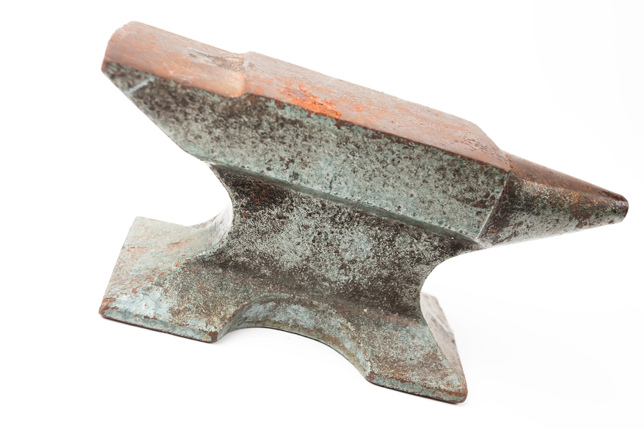

2015: A Year of Extremes?
We have mentioned previously that 2014 saw an unusually large number of high-valued transactions, with the extreme top-end prices driving the average seniors housing prices to historic levels, as well as pushing down cap rates to new lows. But in 2015, while there were proportionally fewer of both the highest-priced deals and the lowest-priced deals (see our April 13 blog post), it was a year of extremes for cap rates. In 2014, the two ends of the market (cap rates above 9% or below 7%) made up 24% of the year’s transaction cap rates. In 2015, cap rates over 9% made up 15% of the total cap rates, and those under 7% accounted for 27%, combining for 42% of the market. Clearly, the boost in... Read More »
A weightier fall
In our quest to try to determine the truest “market cap rate” for the seniors housing market, for the first time in 2014 we decided to weight each transaction’s cap rate based on its number of units. For the seniors housing market (including both assisted living and independent living), whereas the average un-weighted cap rate in the last four years fell in two descending plateaus, the weighted average had a steadier decrease. In reality, it was a slightly steeper fall, with the unweighted average decreasing by 100 basis points from 2012 to 2015 and the weighted average decreasing by 110 basis points. As in all previous years, the weighted average cap rate in 2015 was lower than the... Read More »IL cap rates follow prices down
As prices rise, we would expect cap rates to depress accordingly to reflect the increasing values. However, even though the average price per unit for independent living properties fell 22% from $246,800 in 2014 to $192,900 in 2015, the average IL cap rate dropped by 40 basis points from 7.4% in 2014 to 7.0% in 2015. What contributed to this anomaly? First, independent living prices reached unsustainable heights in 2014, propped up by a number of sales of high-quality properties by owners drawn into the frothy market. So, it is not surprising that the average IL price fell to a still-respectable value (the second-highest average price, in fact). Second, there were simply fewer high-cap... Read More »
